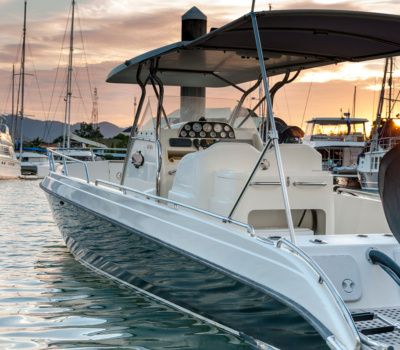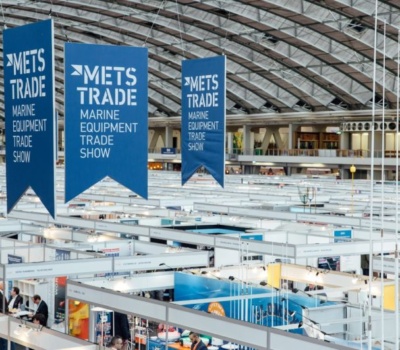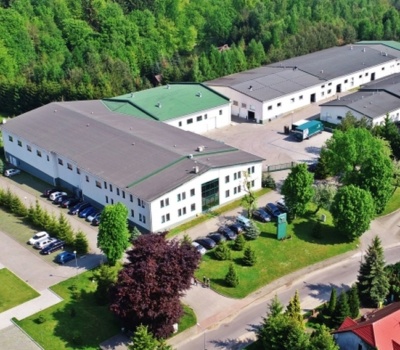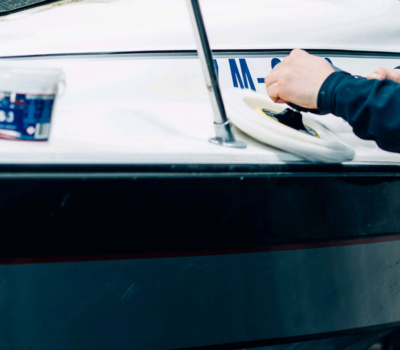Troton, the owner of the Sea-Line brand, supported the PGRacing Team with products that helped build the PGR-06 car
We are very glad that we supported the PGRacing Team, which took part in the FS Netherlands competition.
PGRacing Team is a team of students from the Gdańsk University of Technology, operating within the “Mechanik” Science Club. The activity of the team began in the second half of 2014 on the initiative of a group of students of the then Faculty of Mechanical Engineering of the Gdańsk University of Technology. During these less than 8 years, 5 generations of vehicles were created in the team workshop! The aim of the students was to design and build a real car that took part in the most prestigious automotive student competition in the world – Formula Student.


We are expanding our offer by introducing two new products that will provide boat enthusiasts

Come and join us at METSTRADE 2023, METSTRADE the best event for marine industry professionals,

Visit us and our production plant without traveling

New in the 2023 season is a new polishing wool The new black and white
It is not recommended to apply 2K paints over 1K paints. 1K and 2K inks differ in their composition and properties, including hardness, chemical resistance and durability. 1K paints are one-component and dry by evaporating the solvent, while 2K paints are two-component and need to be cured by adding a hardener. Applying 2K paint over 1K paint can cause unpredictable chemical reactions and lead to undesirable effects such as dulling, chipping or flaking of the paint. Therefore, always use paints according to the manufacturer’s instructions and do not mix different types of paints. farby zgodnie z instrukcjami producenta i nie mieszać różnych rodzajów farb.